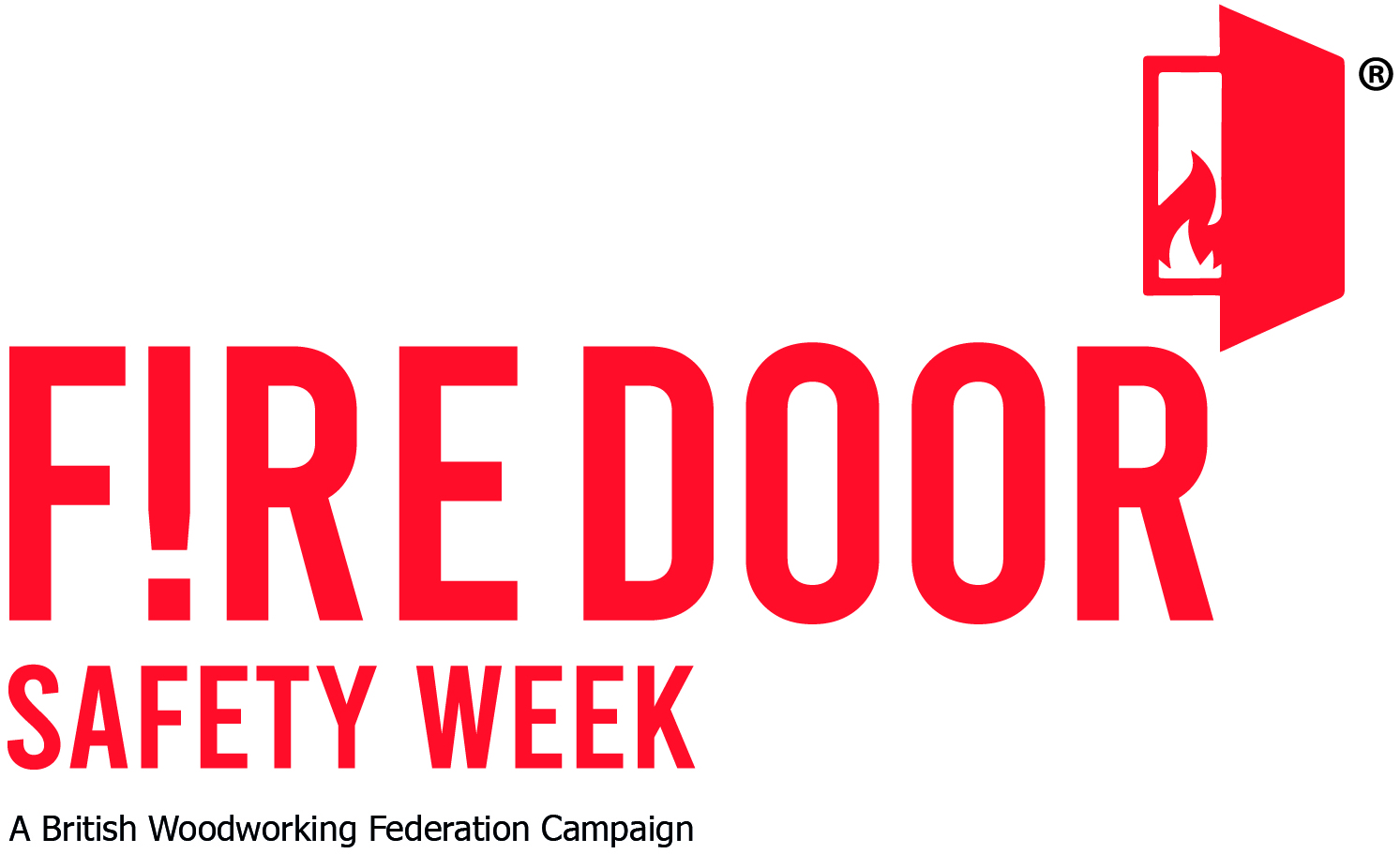What is your responsibility?
- Private landlords have a responsibility under the Regulatory Reform (Fire Safety) Order 2005 (FSO) to ensure that their properties and tenants are safe.
- The “responsible person” (this could be a management company or an individual) who has a legal responsibility under the FSO and can be criminally prosecuted if they do not fulfil their duties. The responsibility extends to the requirement for a fire risk assessment in all non-domestic buildings, including the common parts of flats and houses of multiple occupation.
- The state of Fire Doors falls within this and is given specific reference in the FSO. Whilst this legislation has been in place for a number of years, we continue to hear from Landlords who do not understand their responsibilities and from tenants who are concerned about their fire doors.
Why is a Fire Door Important?
- A fire door ensures that should a fire break out, it can be contained in a “compartment”. This keeps the fire and smoke trapped for a defined period, allowing time for people to get out and make the fire easier to tackle.
- It will not fulfil this function if damaged or propped open.
How to identify a fire door
- Signs that might indicate a fire door include things like a blue ‘Fire Door’ or ‘Keep Closed’ sign, door closers, intumescent or smoke seals around the edge of the door or the frame.
- In blocks of flats, the external door to a flat invariably should be a Fire Door, this protects the common areas from spread of flame and smoke. Other locations will depend on the risk assessment and fire plan of the buildings; internal doors could well be fire doors depending on the size of the apartment and distance from the flat entrance door. You can find out more on the GOV.UK website.
- All fire doors are fire rated. Some are FD30 (providing 30 minute protection), FD60 (60 minute protection) or higher. There is usually a certification mark (a label or plug) on top of the door if it is a Fire Door – you can find out more in the Best Practice Guide published by the BWF Fire Door Alliance.
How to inspect and maintain a fire door
- Fire doors should be checked regularly, and the more they’re used the more frequently they should be checked.
- Anyone can spot a dodgy fire door (do the 5 Step Check today). But if you have legal responsibility for fire safety its highly recommended that you call in a professional.
- Create a maintenance checklist and schedule for checking all doors in the building.
- Only ever replace damaged components with like-for-like. Check the fire certificate. A trained person should be responsible for this maintenance work.
